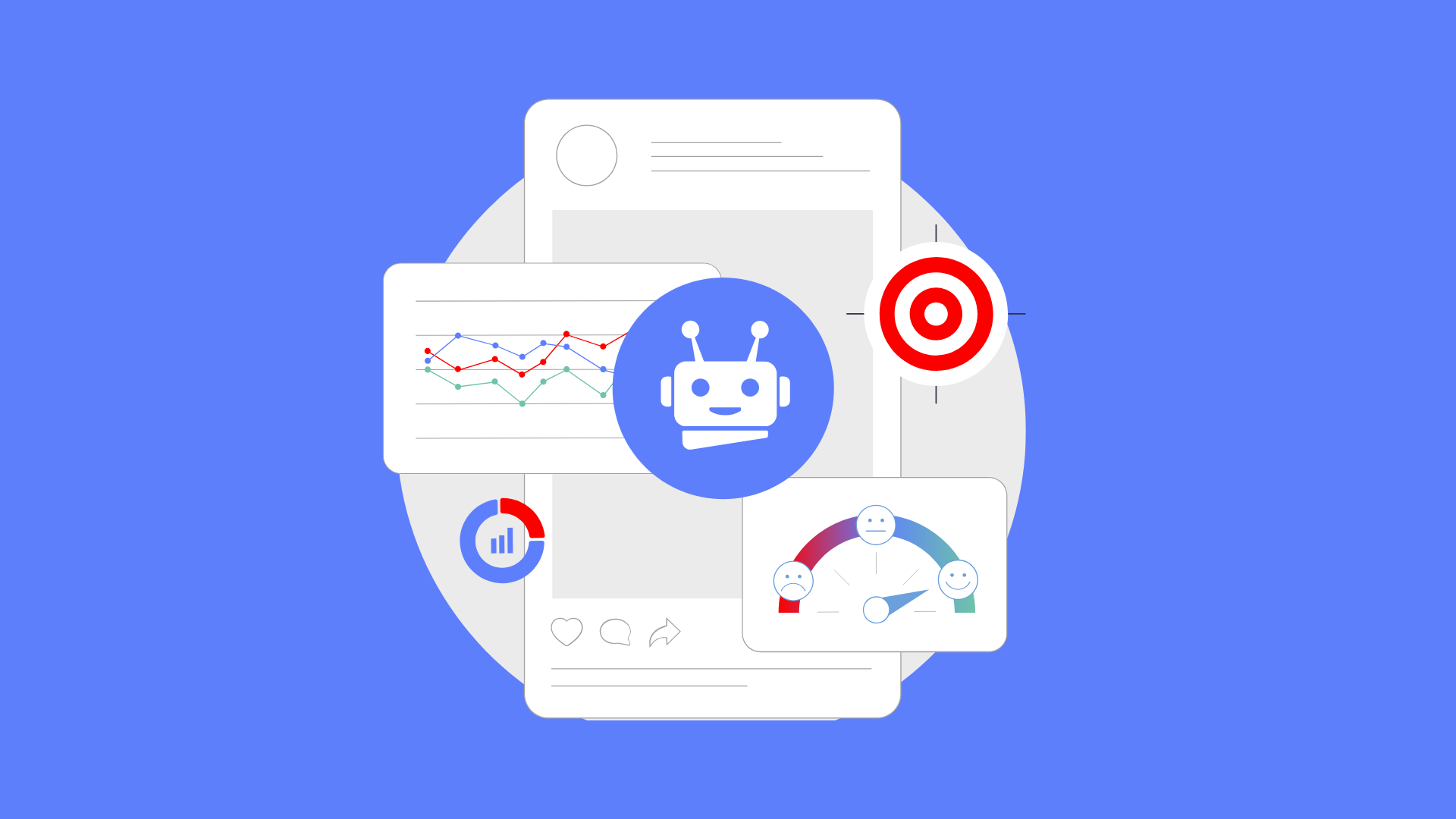So you’ve gone live with your agents, or you’re on the cusp of rolling it out. The dashboards are planned, workflows are starting to hum, and your support queue finally feels like it’s under control. But how do you know if the AI is actually helping or just…something “new and cool” the org is trying to adopt?
That’s where metrics come in. Real and interpretive indicators that tell the story of how AI is behaving in the wild. And yeah, some of it’s squishy. But that’s the nature of AI. It thinks like us humans (sort of), so you need more than just a basic checklist to gauge if it’s doing its job well.
What Are We Actually Measuring?
Let’s talk about three metrics that matter most when assessing the performance of AI in your Salesforce environment. These aren’t just numbers on a dashboard; they’re conversations between your data and your business.
1. Right vs. Wrong Responses
Sounds obvious, right? Did the AI get it right or not?
Well—hang on. “Right” can be slippery. AI doesn’t operate in a vacuum. It works within the tone, context, and culture of your customer interactions. So a technically correct answer might still be wrong if it’s too stiff, too vague, or just tone-deaf.
That’s why we push for contextual testing. A response that passes QA for one team might feel off-brand for another. We recommend not just measuring if the answer is “correct”; but rather asking, “did it help?”.
2. Deflection Rate
This one’s more straightforward: how often does the AI handle an inquiry without a human stepping in?
It’s a solid indicator of effectiveness, but only if you understand the full picture. A high deflection rate might mean Agentforce is handling things beautifully. Or it could mean your routing logic is broken, and customers are giving up before reaching someone who can help.
We work with clients to define this metric based on their actual workflows. Maybe “deflection” means completing a refund request. Maybe it means answering three follow-ups without escalation. Whatever it is, it needs to mean something real.
3. Abandon Rate
This one’s the canary in the coal mine. If users are bouncing out of chats halfway through, something’s off. Maybe the answers feel robotic. Maybe they’re stuck in an unhelpful loop. Maybe the AI took too long to respond.
High abandon rates rarely have a single cause, which is why this metric is more of a signal than a solution. It’s saying, “Hey, something’s not landing right.” The fix might be technical, or it might be tonal. Either way, it’s a red flag worth chasing down.
Don’t Measure Just to Report. Measure to Improve.
The reality is this: AI doesn’t come with an out-of-the-box grading rubric. You’ve got to build one that makes sense for your org. That includes defining what a “successful” interaction looks like, when human intervention is helpful (not a failure), and how to tell when your AI’s performance is trending in the right direction.
We’ve seen clients create their own QA scorecards that blend automation data with agent reviews. Some run weekly “misfire” audits to catch weird replies. Others set up Slack alerts when abandon rates spike.
The best setups are iterative and they continue to evolve
as the AI learns, just like your team does.
Metrics aren’t just a post-mortem tool—they’re a feedback loop. And when you treat them that way, something cool happens: your AI starts getting better. Not because the model changed, but because your understanding of what “better” means got sharper.
So before you roll out Agentforce, or even if you’ve already hit the switch, take a minute to ask: what does success really look like for us? Who defines it? And how will we know when we’ve hit it…or missed? If you need help assessing what “good” looks like for your org, let’s chat!
